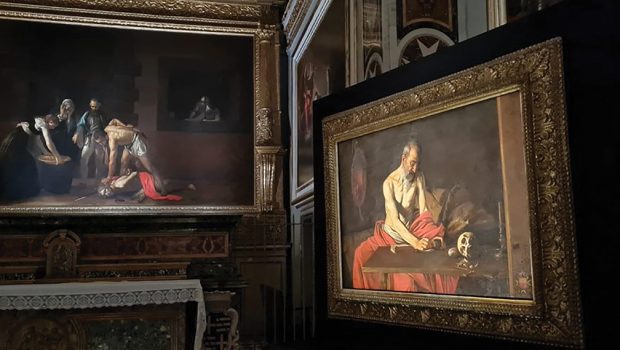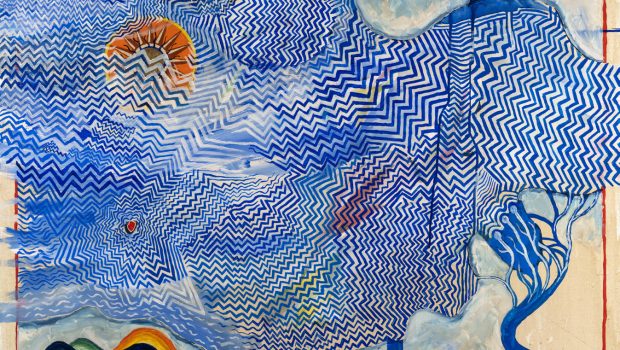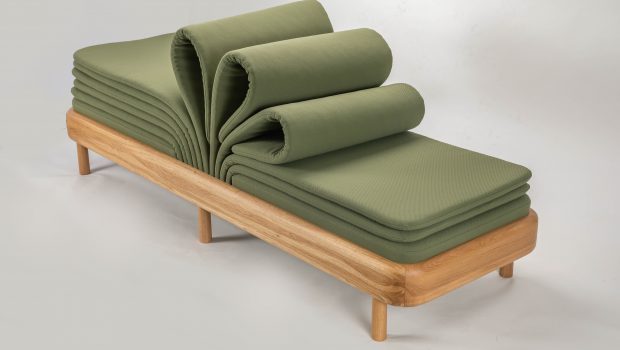Silk
There’s a very unique feeling associated with the experiencing of art shows and exhibitions. It’s a craving; a hunger; for our eyes and minds to devour and consume; it’s a need of visual stimulus; of enrichment.
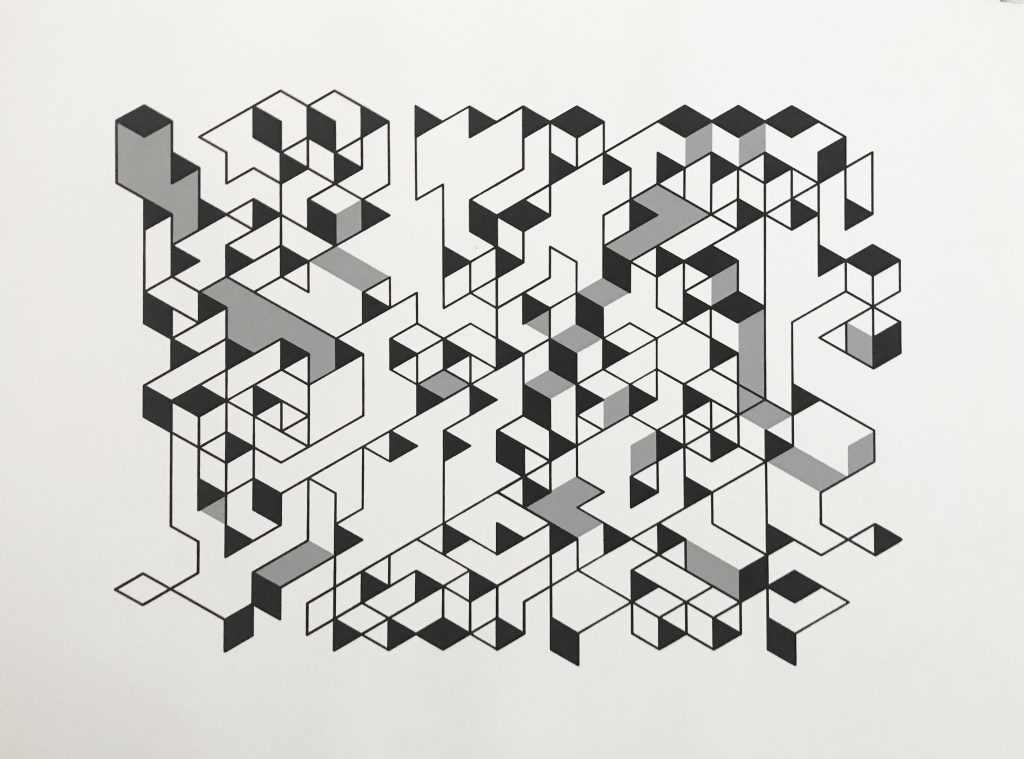
Online consumption of art is hardly rewarding. The physical connection, the dynamic of standing within a space, the confrontation with the intimate creations of others, has the ability to linger for far longer than the immensely over-saturated online offering can – generally one artwork at a time. Which is why we experience withdrawal symptoms, caused by the incessant barrage of postponed, if not cancelled events.
Having already written about the ‘should have been’ exhibitions, and subsequently, featured updates for some of the main visual art shows back on the calendar, I’ve drawn two such events together – one originally having been scheduled to be held at Desko, in Valletta, between the March-June period. Both exhibitions – CUBE: Manipulations, by Sarah Maria Scicluna, and another, collective show, Spread the Ink – focus entirely on silk screen printing. The exhibitions are otherwise unrelated, conceptually or curatorially.

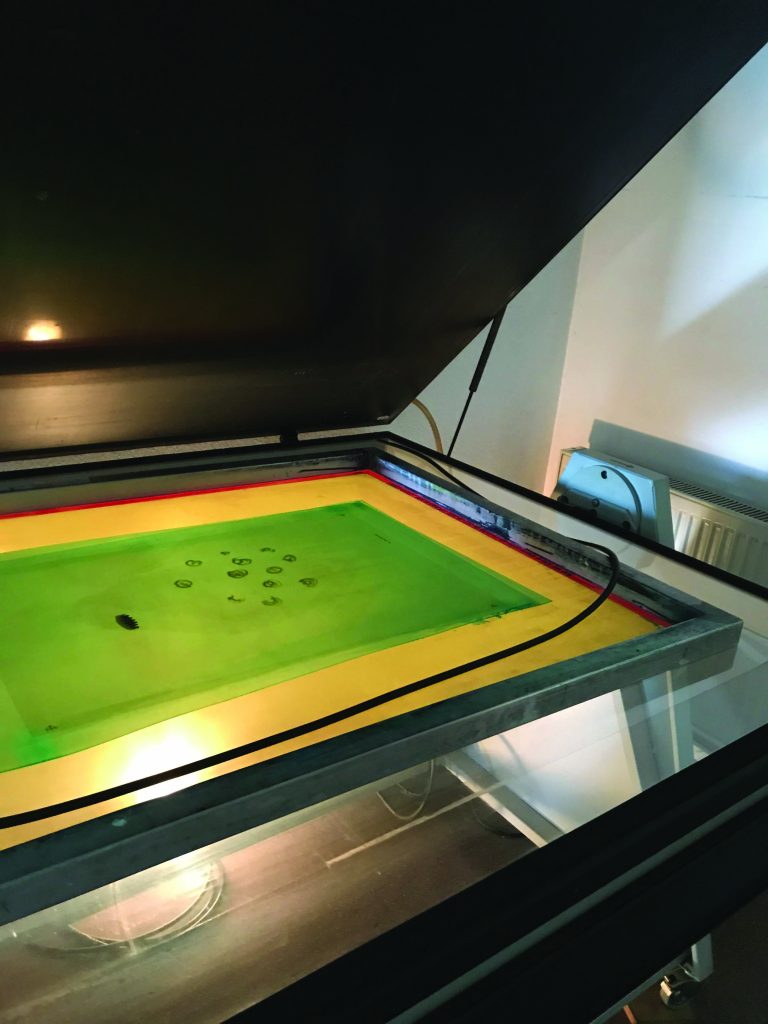
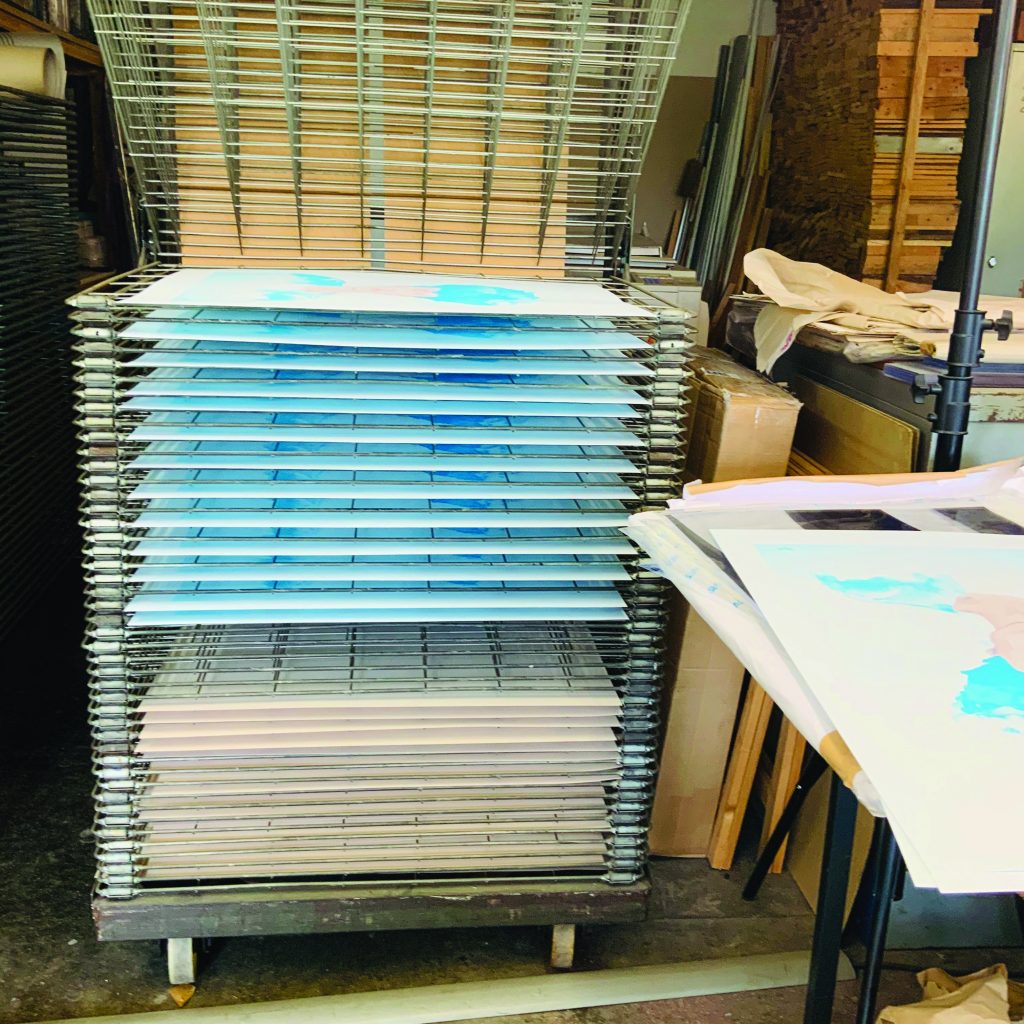

The focus on printmaking over the past years begs some attention, especially where processes and techniques are concerned. The Out of Print exhibition, held at the ex-Ministry of Tourism (today MUŻA), a decade or so ago, comes steadfastly to mind, as does the iMprint series of exhibitions, the last edition of which organised late last year. These initiatives are precursors; generating impetus for and about the medium.
The first exhibition, Spread the Ink, curated by Alexandra Aquilina, who is a creative in her own right, went on show, mid-September. Aquilina goes into some detail to explain what she calls, a “love affair with screen printing”, which began “around 10 years ago and completely by accident.” During a self-led assignment at MCAST, she chose to research the gig poster scene, since she was in a band; “from there I fell down a rabbit hole… Screen printing was the perfect balance between commercial and fine art; it allowed for multiples but not too much that it became disposable, it was a medium in itself and not just a reproductive method, and it allowed for uniqueness with each and every copy where mistakes became part of the artwork, bringing it to life.”
Alexandra began to increasingly produce artistic works and prints on paper, most especially after being selected to show a series of work at Christine X Art Gallery in the 20×20 exhibit; she will be subsequently showing at Maxi/Mini Print in Berlin, later this year. “Out of a desire to acquire more skills from different artistic styles than my own, I began approaching friends, asking them if I could print their work. The idea quickly snowballed, and I applied for funding to create a full-scale exhibition”. The end result was an eclectic and colourful mix of techniques and styles. Spread the Ink, which took place mid-end of September, featured a selection of artistic works by 13 Maltese and Malta-based artists, illustrators, and photographers, recreated as limited-edition hand-pulled art prints.
CUBE: Manipulations, opening mid-October will be a solo show in which Sarah Maria Scicluna addresses the “manipulations of the cube as a form, and its occupation of imaginary space. This form is explored in multiple ways, leading to different expressions of how these imaginary structures can exist, at times becoming something else entirely.”
Having always been interested in the concept of repetition has indeed spurred Scicluna’s choice of the printmaking medium as a process, as well as the subject she has chosen to represent. The work that Scicluna is presenting is “a series of hand-printed silk screens,” a process which allows for flat blocks of ink and clean lines, which constitute a core aesthetic of her work.
She relates how “all printmaking processes are very technical and time consuming”, it takes a considerable time to view the quality of the end product. And yet, “There is that moment of magic when you first get to see your finished print, after two weeks working on its preparation. The processes – being so technical – sometimes feel so far removed from the work itself” making the moment of reveal so suspenseful that it verges on being addictive.
“Most people have an idea of what [silk screen printing] can produce”, this generally being associated with the printing of T-shirts, which makes sense given that it’s primarily an industrial technique. “However, from the 60s onwards, it found a place in the art world… It’s a highly technical discipline with a heavy reliance on equipment, hence most people end up shying away from it. However, there has been a steady rise in the DIY way to do it, which has been much more pronounced than for other printmaking disciplines.”
Having said that, Scicluna feels that silk screen printing is “still not ingrained in visual culture as much as other art disciplines”, despite it gaining popularity. She concludes by iterating that “technology allows us to continue to build on old traditions and evolve them even further”.
Both exhibitions have been supported by Arts Council Malta’s, Project Support Grant.

